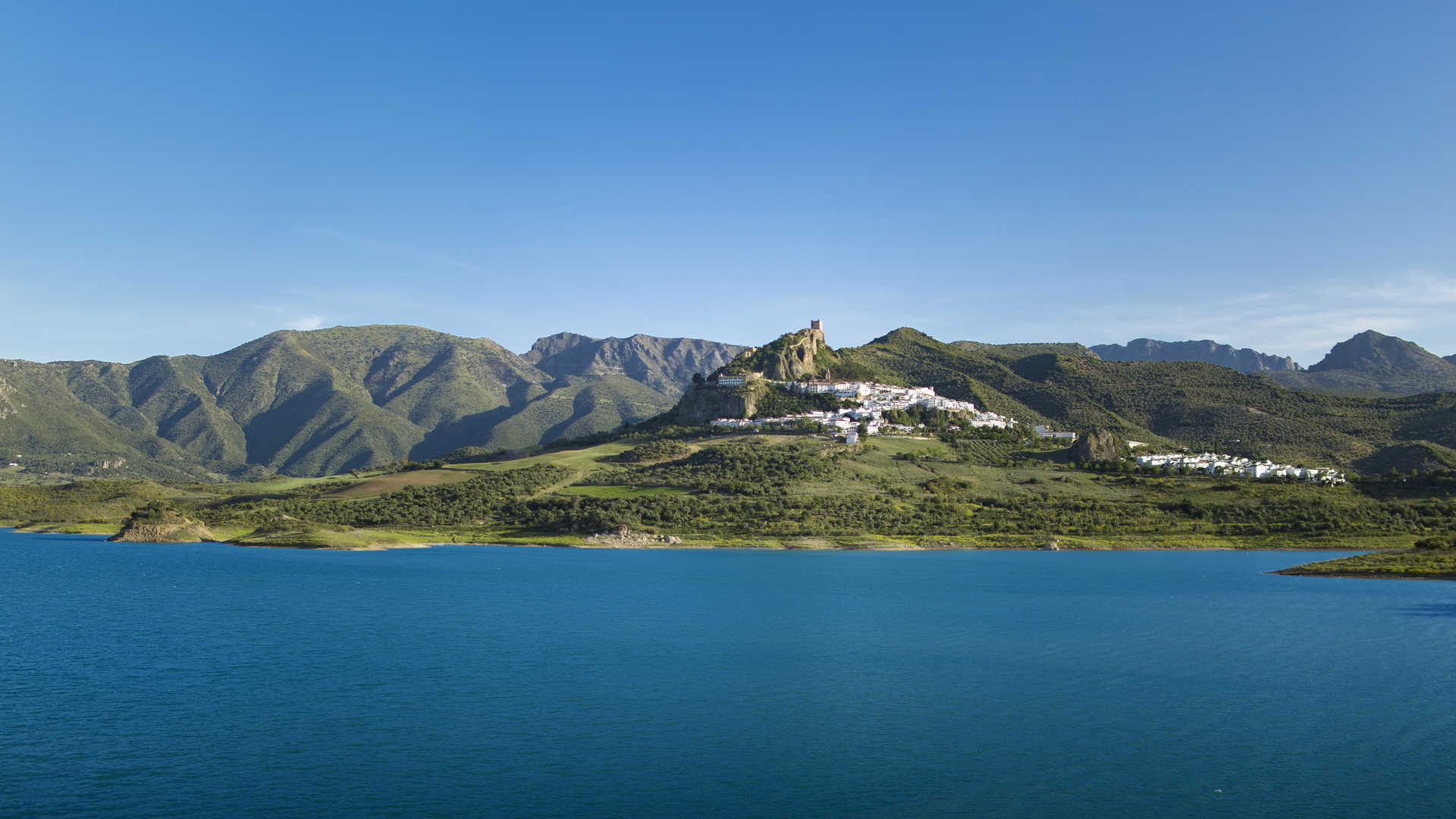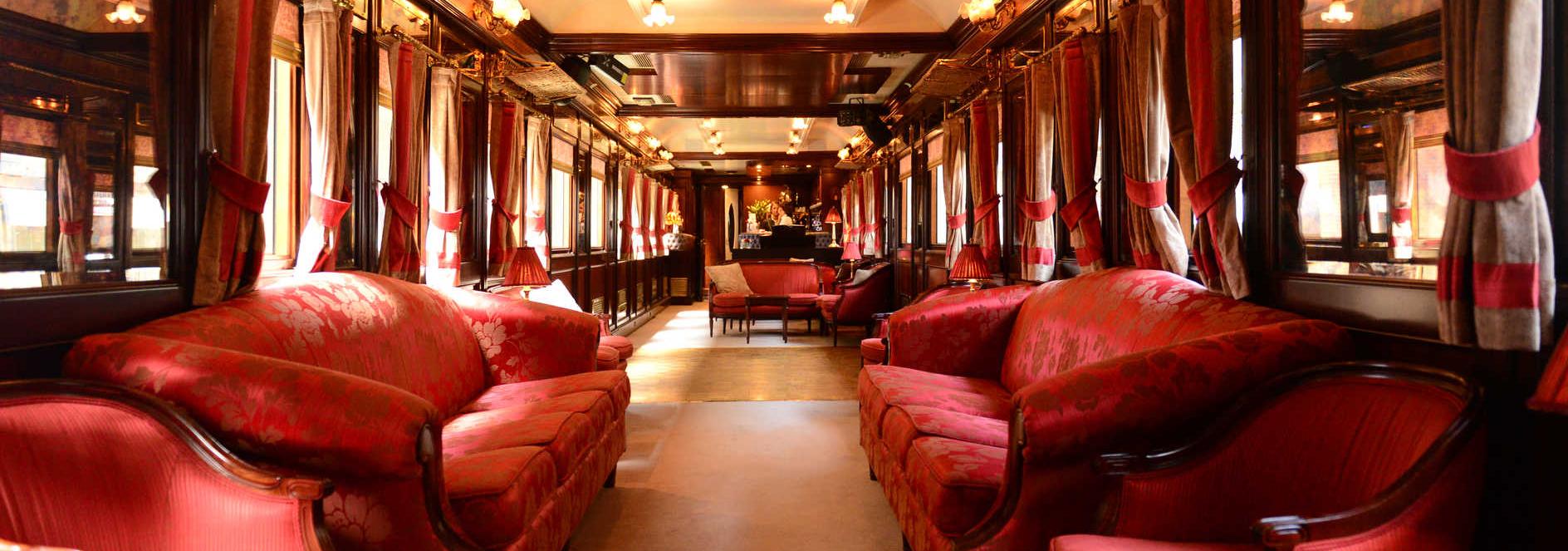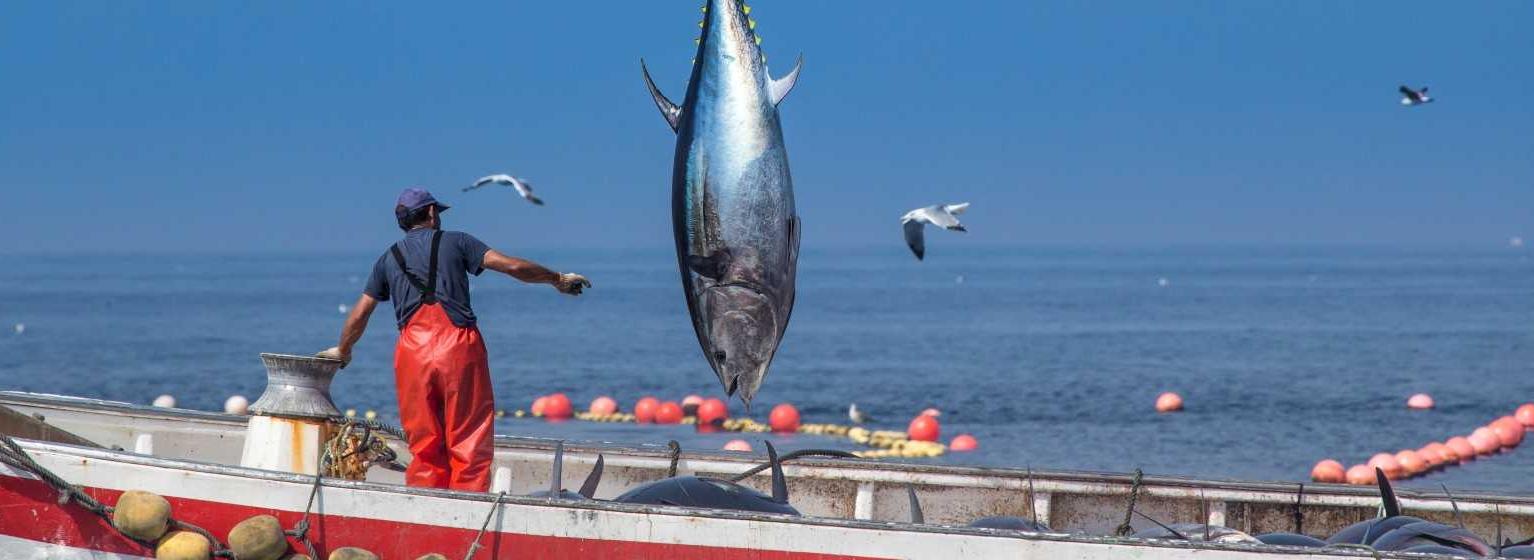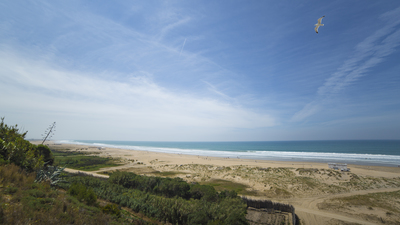White Villages Route in Cadiz: 7 places not to be missed this autumn

In the Sierra de Cadiz there are seven places that you should definitely visit this autumn if you do the so-called White Villages Route in Cadiz.
Starting point: Arcos de la Frontera.
It's the largest and most populated municipality in the Sierra de Cadiz mountains, but that doesn't mean it's less beautiful or charming. As it's perched atop a cliff, overlooking the River Guadalete, it affords splendid views.
We recommend getting to know this beautiful town in Cadiz as part of the White Villages Route. Some of the most popular places are the Minor Basilica of Santa María de la Asunción (14th century), the Castle of the Dukes of Arcos, the Church of San Pedro, Mayorazgo Palace, the Convent of the Discalced Mercedarians and Matrera Gate -as far as monuments and cultural buildings are concerned- and you can't afford to miss Arcos Beach, the Abades and Peña Vieja viewpoints and the beautiful Arcos Reservoir.
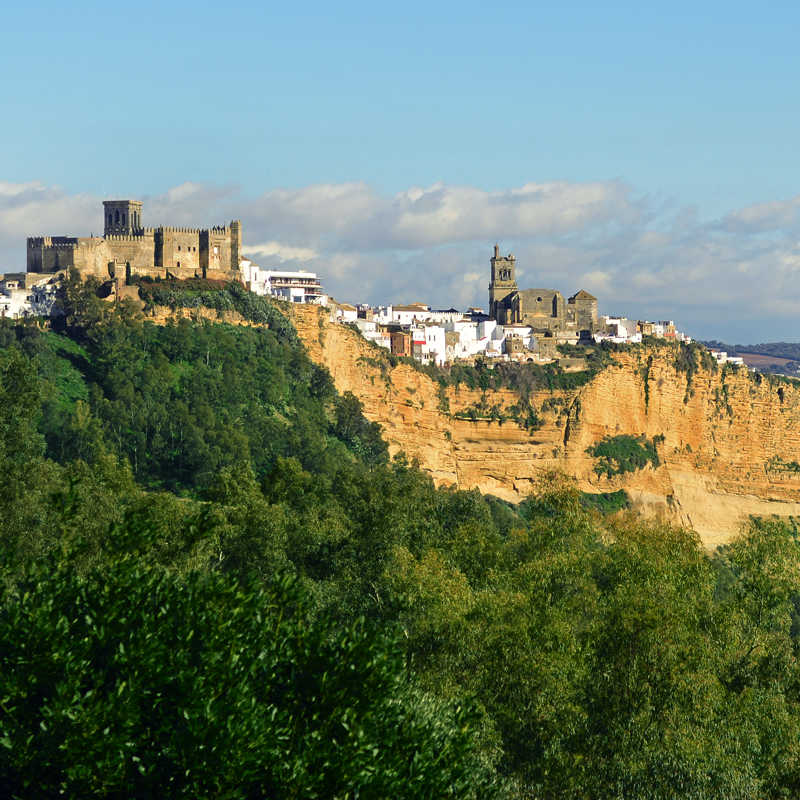
Then we travel to Ubrique... Did you know that it's one of the main leather manufacturers in Spain?
Located between two nature reserves (Grazalema and Los Alcornocales), right in the middle of the White Villages Route, it's one of the municipalities that best preserves its medieval layout.
The town's main activity is leather manufacturing, since tanning is something that Ubrique has been doing for generations, and, interestingly, for this reason they make handbags for top brands such as Dior and Chanel.
The main attractions in Ubrique are the Roman city of Ocuri, Jesulín de Ubrique Bullfighting Museum, Ubrique Leather Museum, the Capuchin Convent, the Calvario Shrine, the Parish Church of Nuestra Señora de la O and the History Interpretation Centre, San Juan de Letrán Shrine.
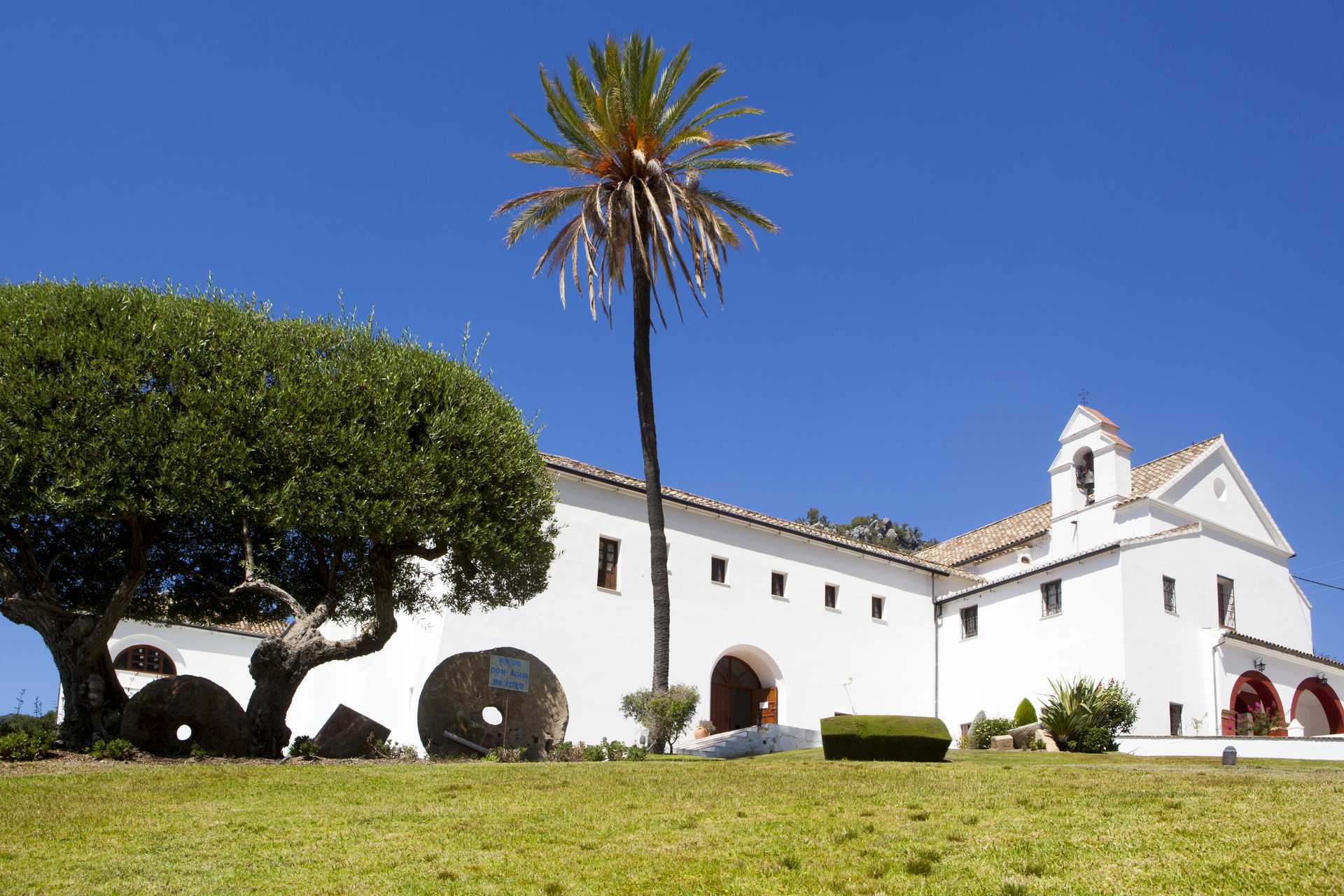
Bornos, a white village and historic site.
A few miles from Arcos de la Frontera we find this beautiful white village, which has been lying between the lake and the mountains for more than 30,000 years.
As well as its beauty and historic and cultural wealth, its location makes it ideal for enjoying both water and mountain sports.
Don't be fooled by its small size – in Bornos there is lots to see and do. Some of the most interesting places include Los Ribera Castle-Palace, the Parish Church of Santo Domingo de Guzmán (built in the 16th century, combining Baroque and ogival styles), Fontanar Castle and Renaissance gardens.
If you walk through the village you'll come upon other buildings of interest such as the Convent of Corpus Christi, La Sangre School, Casa Ordóñez, the Church of the Resurrection, the old Molino del Arco and the façade of Casa de la Cilla.
Don't forget to go down to the dock and enjoy the spectacular view, and also, close to Bornos, you can visit the ruins of Carissa Aurelia, a villa built during the High Roman Empire.
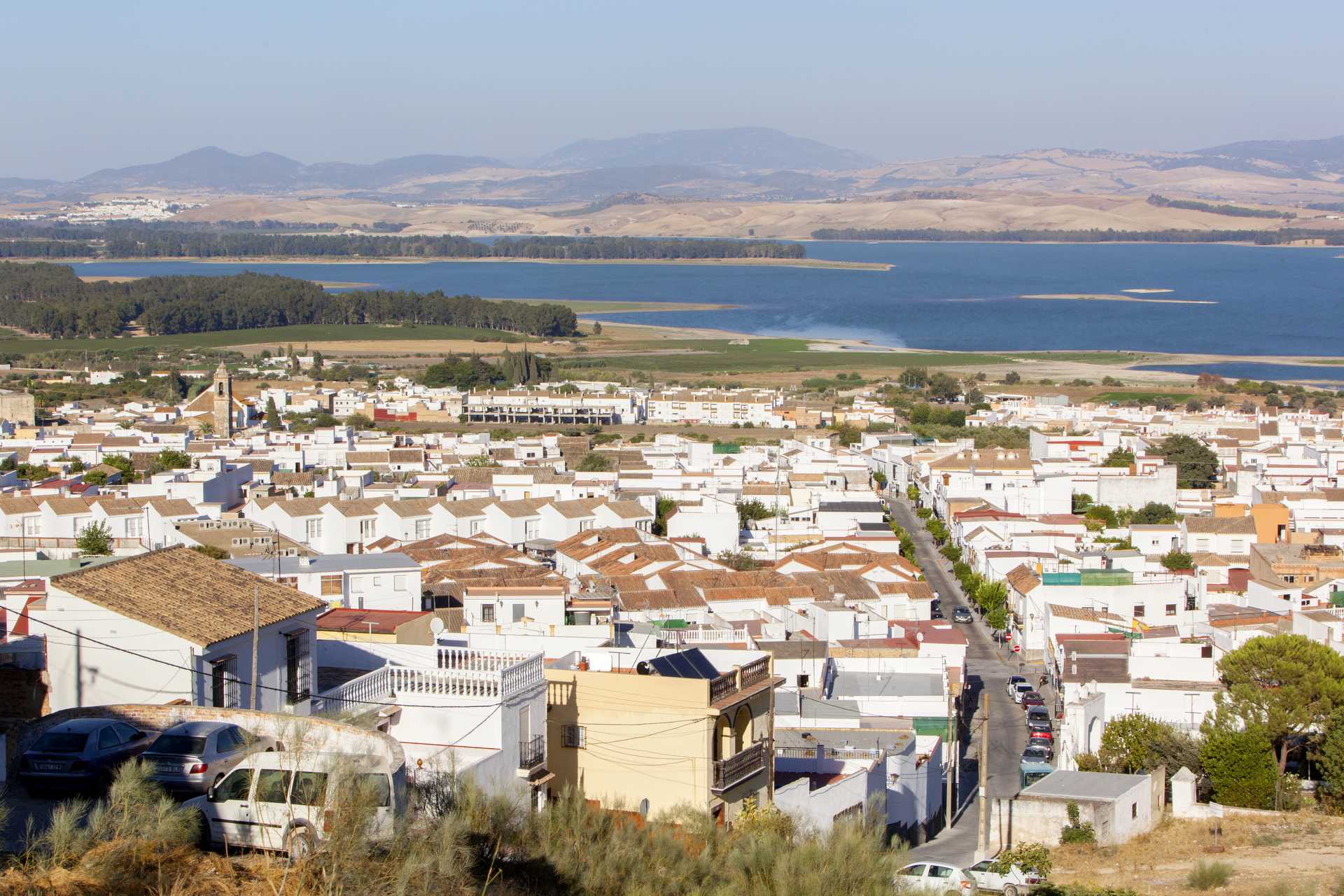
El Bosque, a white village famous for its re-enactments
Over the centuries, many civilisations have lived in this beautiful white village that you can't afford to miss on the White Villages Route in Cadiz.
It lies in Sierra de Grazalema mountains (Cadiz), within the Grazalema Nature Reserve, also declared a Natural Biosphere Reserve by UNESCO, and Los Alcornocales Nature Reserve.
It is a real treat to go for a stroll in this picturesque network of Arab-style alleys and discover its history. An event closely linked to El Bosque was the resistance of the locals, who joined forces with bandits to face the French in 1815 and defend the Kingdom of Ferdinand VI.
To commemorate this event, every year in November the locals recreate the story of this milestone and dress up in 19th century clothes and as bandits. This is something you have to experience at least once in a lifetime!
We also recommend visiting the El Molino de Abajo Museum, the Cheese Museum (famous for their Payoya goat cheese), the visitor centre, El Castillejo Botanical Garden and the Church of Santa María de Guadalupe. You can also go on beautiful walks and enjoy springs, the fauna and flora.
Olvera, a fairy-tale town
Part of the Sierra de Cadiz region and of course of the White Villages Route, it's located within the Arcos de la Frontera administrative area. It was granted the city status in 1877 by Alfonso XII.
As soon as you spot it in the distance, you can already start to enjoy the beauty of this picture-postcard town and you can see the greatness of the monumental historic buildings that rise above the houses: Olvera Castle, its keep and the Parish Church of Nuestra Señora de la Encarnación. You will certainly want to visit them and enjoy the beautiful panoramic views.
You can also visit Lavadero de Pino and its washing basins, the visitor centre, Shrine of Los Remedios and Plaza de Andalucía.
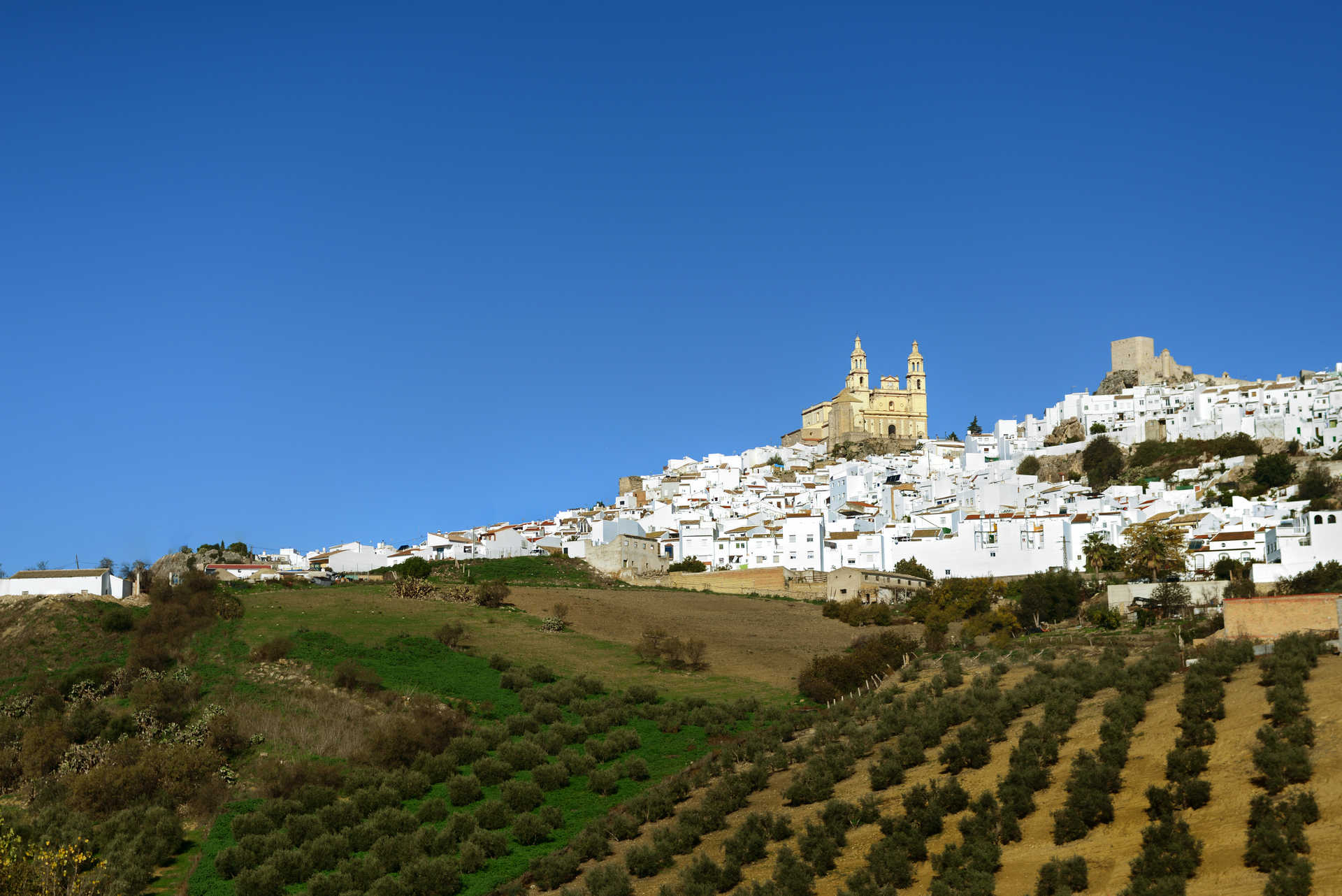
Setenil de las Bodegas, the most picturesque white village
All the White Villages are charming, each in their own way, but Setenil de las Bodegas stands out because it is so picturesque. It seems to emerge from the rocks and maintains an impressive balance between still life and the houses and buildings that have been erected, all of this with the River Guadalporcún as a backdrop. It's no wonder that so many series and films have used Setenil as a location.
As you stroll through this magical town, you'll discover caves that have been turned into bars, restaurants, homes, souvenir shops and taverns. You'll feel like you have gone back in time! One of the most prominent streets is Cueva del Sol ("Sunny Cave"), where the sun shines most of the day as it is south-facing, so it feel quite warm despite being a cave.
Just opposite, on Cueva de la Sombra street, the name ("Shady Cave") speaks for itself: these caves are quite dark as they don't get much sunlight.
Don't miss the chance to visit the shops where, in addition to top-quality local products, you'll be able to taste their typical products such as cold cuts, Iberian products, manzanilla and excellent olive oil.
You can also visit Setenil Castle, go on the Mills Route, see Casa de la Damita de Setenil, visit Morosanto winery, go to the viewpoint to enjoy the panoramic view or stop under the "Bésame in Este Rincón" ("Kiss Me in this Corner") sign and snap a cute loved-up photo.
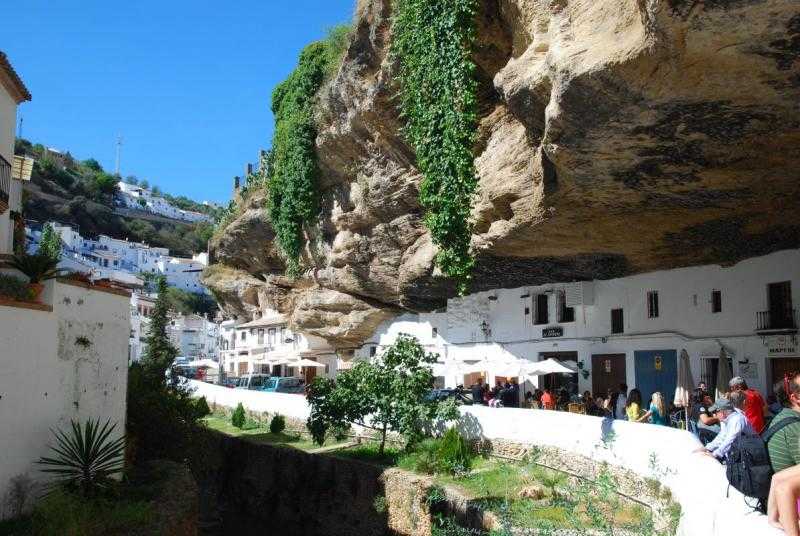
Zahara de la Sierra, a village with a view
Zahara is a fortress-village located in the heart of the Sierra de Grazalema Nature Reserve, in the north-eastern part of the province, specifically on the side of the Sierra del Jaral mountains. It's a must on the White Villages Route that you simply can't afford to miss.
The village has been a Historic-Artistic Site since 1983, thanks to its rich history, whitewashed streets perched on the hillside, balconies filled with flowers and stunning viewpoints. It also preserves a large number of typical houses of the Cadiz mountains: two floors, irregular walls and wide whitewashed facades.
And it's a village with a view because it affords stunning views of the River Bocaleones from above.
We recommend:
Visit theChurch of Santa María la Mesa, the Clock Tower, the castle, the Chapel of San Juan Letrán, Plaza del Rey, Zahara viewpoint, Calle de Ronda and Plaza de Lepanto.
If you want leisure and hiking options, just at the foot of the Monte Prieto mountains, 300 metres from the Cueva del Susto, there is an artificial beach that also has a bar area for barbecues, and also a games area.
Another interesting place to visit is La Garganta Verde, just 5 km away, considered to be one of the most beautiful spots in the Sierra de Cadiz mountains. Here you'll find the famous Shrine of La Garganta, a cave shaped by geological agents, and Garganta Seca, made up of cracks carved on the ground by the constant flow of water. Nature at its best!
Another great option to keep in mind is a visit to the Tajo de Ronda gorge, which is 98 metres high and 70 metres long. Not suitable if you have a fear of heights... it will take your breath away!
